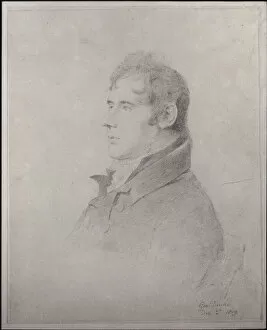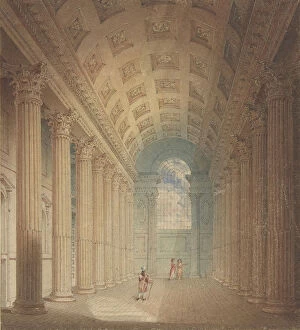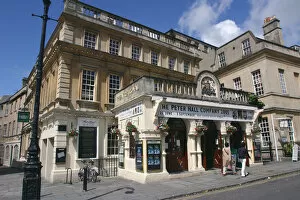George Dance Collection
"George Dance: A Journey Through London's History" Step into the world of George Dance, a name that resonates with various facets of London's rich history
All Professionally Made to Order for Quick Shipping
"George Dance: A Journey Through London's History" Step into the world of George Dance, a name that resonates with various facets of London's rich history. From his notable achievements in the 1921 Senior TT race to his artistic contributions as an architect and portrait draughtsman, Dance left an indelible mark on the city he called home. As we delve deeper into Dance's legacy, we are treated to breathtaking views of London through the lens of progress. The vibrant hues of a coloured engraving showcase the improvements made to its bustling port, revealing a city constantly evolving and adapting. Dance's talent extended beyond architecture; his lithographic skills brought portraits to life, capturing not only physical features but also glimpses into individuals' personalities. His work at the Egyptian Hall within Mansion House stands as a testament to his creative prowess—a space where art and culture converged during its existence from 1795 to 1825. Exploring further, we find ourselves immersed in historical moments frozen in time. An unknown artist transports us back to 1750 when The Mansion House stood proudly amidst London's ever-changing landscape. St Leonard's Church steeple looms majestically against Shoreditch's skyline—an architectural marvel from the mid-late 19th century whose creator remains shrouded in mystery. Amongst these captivating scenes emerges Thomas Hearne, an enigmatic figure whose story unfolds before our eyes thanks to unknown hands immortalizing him around c1902. M. A. Rooker’s artwork from 1793 adds another layer of intrigue—depicting scenes that have captivated audiences for centuries without revealing their true creator. No exploration would be complete without encountering influential figures who shaped London’s cultural tapestry. Horace Walpole, Fourth Earl of Orford graces us with his presence through a photograph captured in 1919—a glimpse into one man’s impact on literature and society.






















